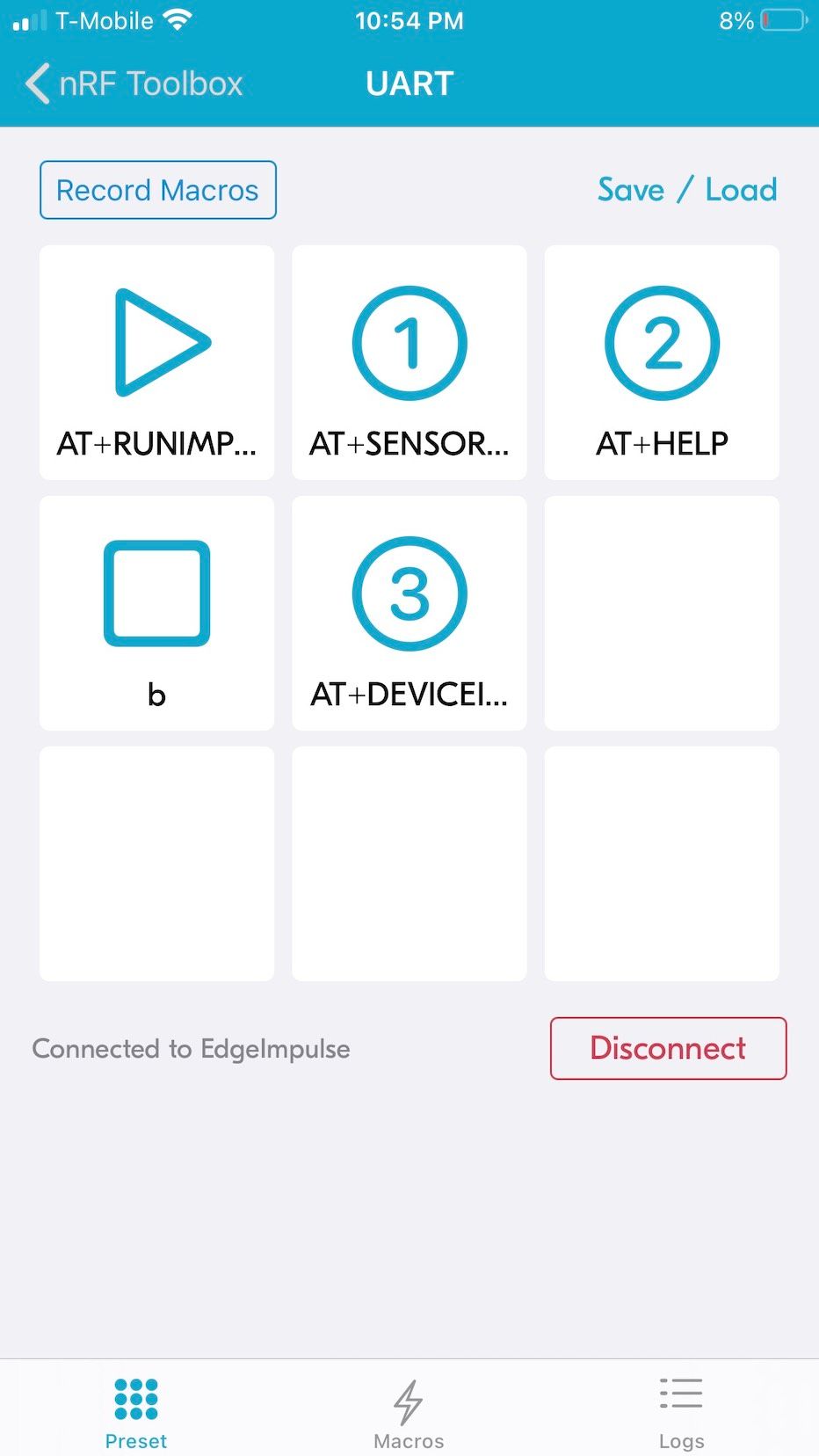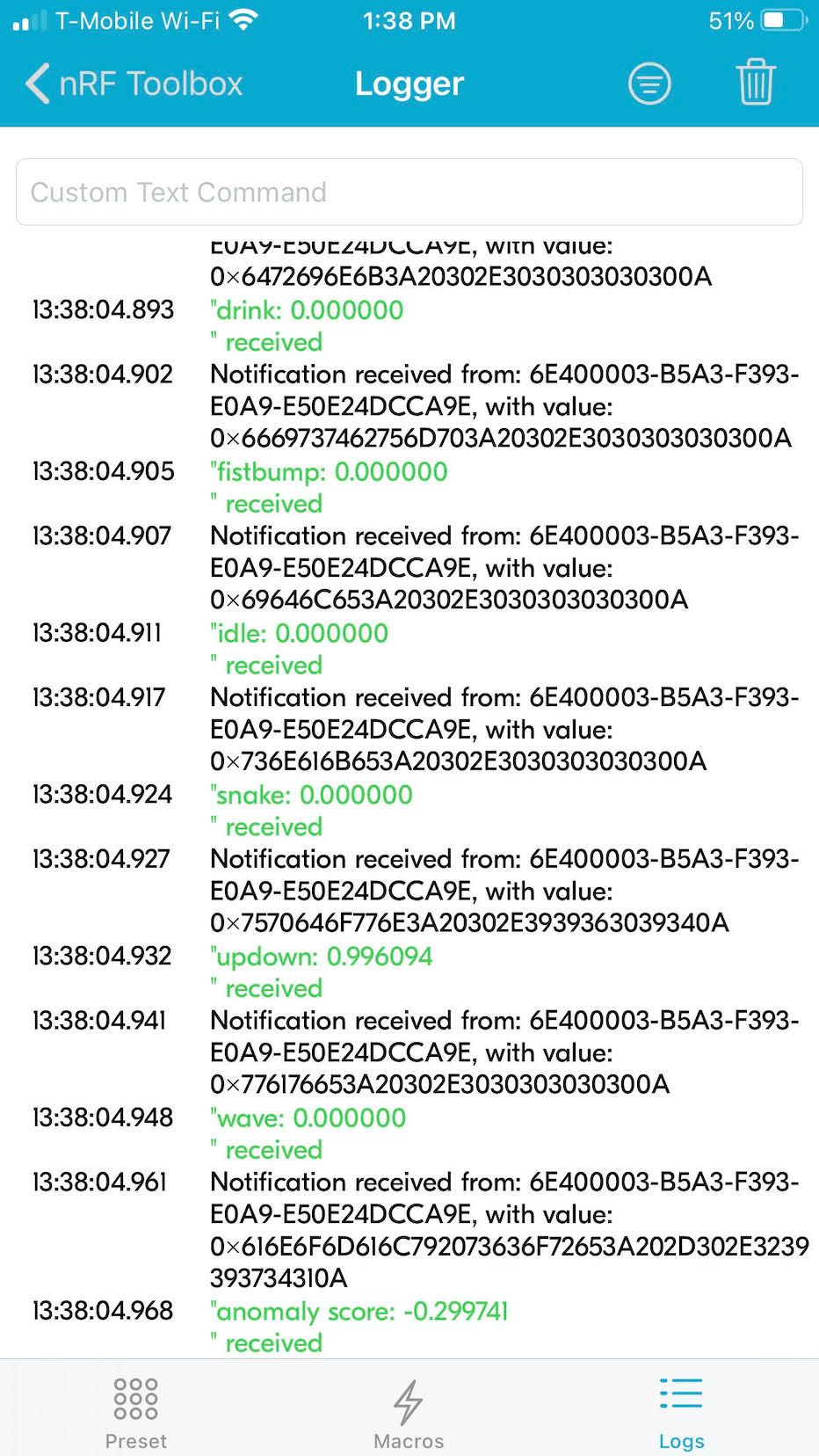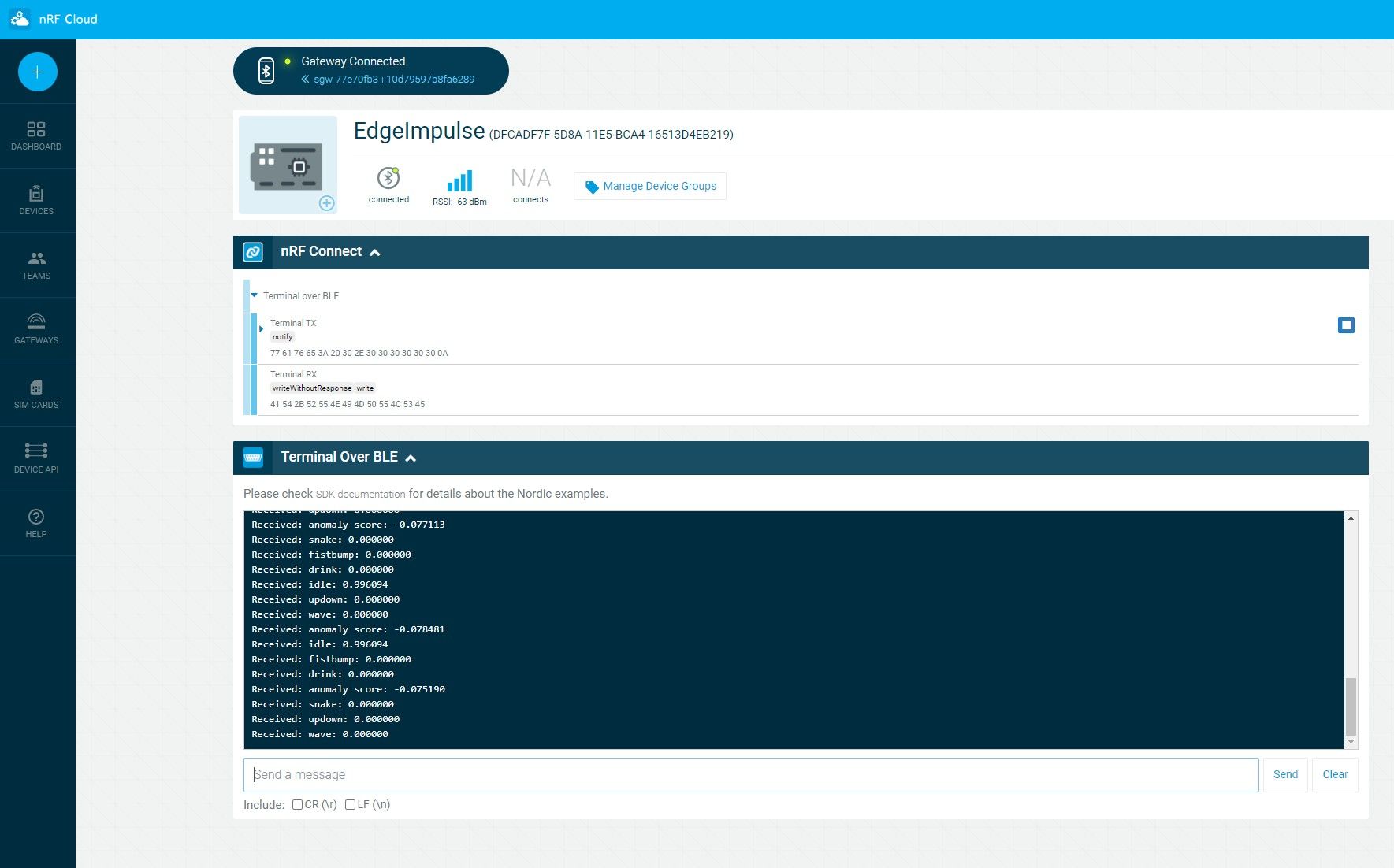
Guest post by Preston Tesvich. This article originally appeared here.
Let’s say you’re in the planning phase of an IoT project. You have a lot of decisions to make, and maybe you're not sure where to start:

In this article, we focus on a framework of how you can think about this problem of standards, protocols, and radios.
The framework of course depends on if your deployment is going to be internal, such as in a factory, or external, such as a consumer product. In this conversation we’ll focus on products that are launching externally to a wider audience of customers, and for that we have a lot to consider.
Let’s look at the state of the IoT right now— bottom line, there’s not a standard that’s so prolific or significant that you’re making a mistake by not using it. What we want to do, then, is pick the thing that solves the problem that we have as closely as possible and has acceptable costs to implement and scale, and not worry too much about fortune telling the future popularity of that standard.
So, it first comes down to technical constraints:
- What are the range and bandwidth requirements?
- How many nodes are going to be supported in the network?
- What is the cost for the radio?
That radio choice has big impacts—not only is it a hefty line item on your BOM on its own, it’s also going to determine the resources that the device needs as well. For example, if you have a WiFi radio at the end, there’s considerable CPU and memory expectations, whereas if we have BLE or some mesh network, it’ll need a lot less. There’s infrastructure scaling costs to consider as well. If we go WiFi: is there WiFi infrastructure already in place where this is being deployed? How reliable is it? If we’re starting from scratch, what’s the plan for covering a large area? That can become very costly, especially if you’re using industrial grade access points, so it’s important to consider these effects that are downstream of your decision.
Zooming in on specific standards
In our opinion, the biggest misconception we find: “Isn’t there going to be one standard to rule them all?” There’s no future of that, and it’s not just because we’re never going to all agree on stuff as an industry, it’s because in many cases different standards aren’t solving the same problems differently, they are solving different problems. So understanding that, we can now look at what each protocol attempts to solve and where they live on the OSI model, or "the stack."

Some would suggest that it is a full protocol to do communication from a device to a server, but it’s not quite that. MQTT is used as a data format to communicate to something, and that payload can be sent over any transport, be it WiFi, mesh, or some socket protocol. What it tries to solve is to define a way to manipulate attributes of some thing. It centers around reading and writing properties, which lends itself very well to an IoT problem. It certainly saves development time in some regards, but depending on how strictly you’re trying to implement it, it may cost you more development time. As soon as you one-off any part of it, you have to document it really well, and at some point you approach a time and cost factor where implementing your own payload scheme may be a better option.
Is it prolific enough to where you should absolutely use it? No, it hasn't reached that level, and it won’t likely reach that level. What it is right now is a convenient standard for device-direct-to-cloud where we don’t control both ends because it gives some measure of a common language that we can agree on; however, the thing to keep in mind is that most of the time it does in fact need additional documentation—what properties are being read/written and what the exact implementation looks like—ultimately, you’re not getting out of a lot of work using MQTT.
Also starting at the network layer, Zigbee and Z-wave are the big incumbents everyone likes for mesh networking. They attempt to solve two problems: provide a reasonable specification to move packets from one place to another on a mesh network, and actually suggest how those packets should be structured; so, they both reach up higher in the stack. And that's the part hinders their futures. For example, Zigbee uses a system called profiles, which are collections of capabilities, such as the smart energy profile or the home automation profile. When a protocol gets so specific as to say ‘this is what a light bulb does’ it’s pretty difficult to implement devices that aren’t included in the profile. While there are provisions for custom data, you’re not really using a cross-compatible spec at that point—you’re basically off the standard as soon as you’re working with a device not defined in the profile.
The other consideration with these two is that they are both routed mesh networks. We use one node to communicate with another node using intervening nodes. In other words, we can send a message from A to B to C to D, but in practice we’ve sent a message from A to D. As routed meshes, each node understands the path the message needs to take, and that has an in-memory cost associated with it. While Z-wave and Zigbee have a theoretical limit of 65,535 nodes on a network (the address space is a 16-bit integer), the practical limit is closer to few hundred nodes, because these devices are usually low power, low memory devices. The routing also has a time cost, so a large mesh network may manifest unacceptable latency for your use case. Another consideration, especially if you’re launching a cloud controlled consumer product, is that these mesh networks can’t directly connect to the internet—they require an intervening bridge (a.k.a gateway, hub, edge server) to communicate to the cloud.
A final caveat is that Z-wave is a single source supplier—the radios are made and sold by Zensys, so you have to buy it from them. Zigbee has a certification process, and there are multiple suppliers of the radio, from Atmel to TI.
You really just can’t compete with the amount of silicon being shipped based on Bluetooth. 10,000 unique SKUs were launched in Bluetooth in 2014. Other than WiFi, there’s nothing that compares in terms of adoption. Bluetooth was originally designed for ‘personal area networks,’ with the original standard supporting 7 concurrent devices. And now we have Bluetooth low energy (BLE) which has a theoretically infinite limit. BLE did a ton to optimize around IoT challenges. They looked heavily at the amount of energy required to support a communication. They considered every facet of "low energy," not just the radio-- they looked at data format, packet size, how long the radio needed to be on to transmit those packets, how much memory was required to support it, what the power cost was for that memory, and what the protocol expects of the CPU, all while keeping overall BOM costs in mind. For example, they figured out that the radio should only be on for 1.5ms at a time. That’s a sweet spot—if you transmit for longer, the components heat up and thus require more power. They also figured out that button cell batteries are better at delivering power in short bursts as opposed to continuously. Further, they optimized it to be really durable against WiFi interference because the protocols share the same radio space (2.4GHz).
And then CSR came along and implemented a mesh standard over Bluetooth. Take all the advantages afforded with BLE, and then get all the benefits of a mesh network. The Bluetooth Mesh is flood mesh, meaning instead of specific routing to nodes, a message is sent indiscriminately across all nodes. This scales better than routed mesh because there’s no memory constraints. It’s a good solution for many problems in the IoT and at scale is probably going to be the lowest cost to implement.
An up and coming standard that’s built on top of the same silicon that powers the Zigbee radio. It solves the problem of mesh nodes not being able to communicate directly to the cloud by adding IPv6 support, meaning that nodes on the network can make fully qualified internet requests. There’s a lot of weight behind this standard. Google seems to think it’s interesting enough to make their own protocol (known as “Weave”) on top of it. And then there’s Nest Weave which is some other version of Google Weave. As it stands, it takes a long time for a standard to really take hold-- you can immediately see how the story with Thread is a little muddier, which will not help its adoption. It’s also solving a problem that it just doesn’t seem that many devices have. Let’s take sensors as an example. Do these low power, lightweight, low cost, low memory, low processing, fairly dumb devices NEED to make internet requests directly? With Thread, each node now knows a lot more about the world—where your servers are for example, and maybe they shouldn’t be concerned with those things, because not only do the requirements of the device increase, but now the probability and frequency of having to update them in the field goes way up. When it comes to the actual sensors and other endpoints, philosophically you want minimize those responsibilities, except in special cases where offline durability, local processing and decision making is required (this is called fog computing).
When Thread announced their product certification last year, only 30 products submitted. Another thing to note about Thread's adoption is that the mesh-IPv6 problem has been solved before-- there’s actually a spec in Bluetooth 4.2 that adds IPv6 routing to Bluetooth, but very few people are using it. Although Nordic Semiconductor thought it was going to be a big deal and went ahead and implemented it first, it just hasn’t come up much in the industry—that happened Q4 2014 and no one’s talking about it.
One thing Thread does have going for it is that it steps out of defining how devices talk to each other, and how devices format their data—doing this makes it more future proof. This is where Weave comes in, because it does suppose how the data should be structured. So basically a way to look at it is that Weave + Thread = direct Zigbee/Z-wave competitor. We haven’t seen anyone outside of Google really take an initiative on Weave, other than Nest who have put a good marketing effort into making it look like they are getting traction with it.
Other protocols live higher in the stack and remain agnostic at the network layer. The most well known of these is probably Qualcomm’s Alljoyn effort. They have the Allseen Alliance, although their branding is a bit murky—Allplay, AllShare, etc. We’ve seen some traction with it, but not a ton-- the biggest concern that it’s fighting is that it’s a really open ended protocol, loosely defined enough that you’re really not going to build something totally interoperable with everything else. That’s a big risk for product teams. If there aren’t enough devices in the world that speak that language, then why do I need to speak it? That said, LIFX implemented it, and it worked really well for them, especially since Windows implemented it as well. Now it’s part of Windows 10—there’s a layer specifically for AllJoyn stuff and it seems to do well. There's evidence with AllJoyn that you can bring devices to the table that don’t know anything about each other and get some kind of durable interoperability. However, at a glance, it seems complicated—the way authorization is dealt with and the way devices need to negotiate with each other. There really isn't runaway adoption.
They’ve ruled the roost with their 802.11 series. B then G then A, and now we have AC. 802.11 has been really good at being simple to set up and being high bandwidth. It doesn’t care about power consumption, it’s more concerned with performance because it’s meant to be a replacement for wires. Almost 2 years ago, they announced 802.11 AH which they’ve branded as HaLow, which attempts to address power, range, and pairing concerns of classic WiFi. Most WiFi devices are not headless ("headless" - no display or other input), they have a rich user interface—meaning we can login and configure them to connect to WiFi. Pairing headless devices has been a very tedious process. With HaLow, they’re solving two problems—how do we get things on easier, and how do we decrease the expectations (particularly power) of the device running the radio. It’s too early to know what type of traction this will get, but IEEE has a great track record at standards adoption.
More like: LoRa vs. SIGFOX. With these protocols we’re looking at how to connect things over fairly long distances, such as in smart city applications. LoRaWAN is an open protocol that's following a bottoms-up adoption strategy. SIGFOX is building out the infrastructure from the top down, and handing APIs to their customers. In that way, SIGFOX is more like a service. It'll be interesting to see the dance-off between these two as the IoT is adopted in these more public-type applications.
That’s the body of standards that need to be addressed. There’s a ton more, but we don’t see them as exciting for the IoT today.
- P


 Figure 3. Classification Output Shown in nRF Cloud
Figure 3. Classification Output Shown in nRF Cloud
